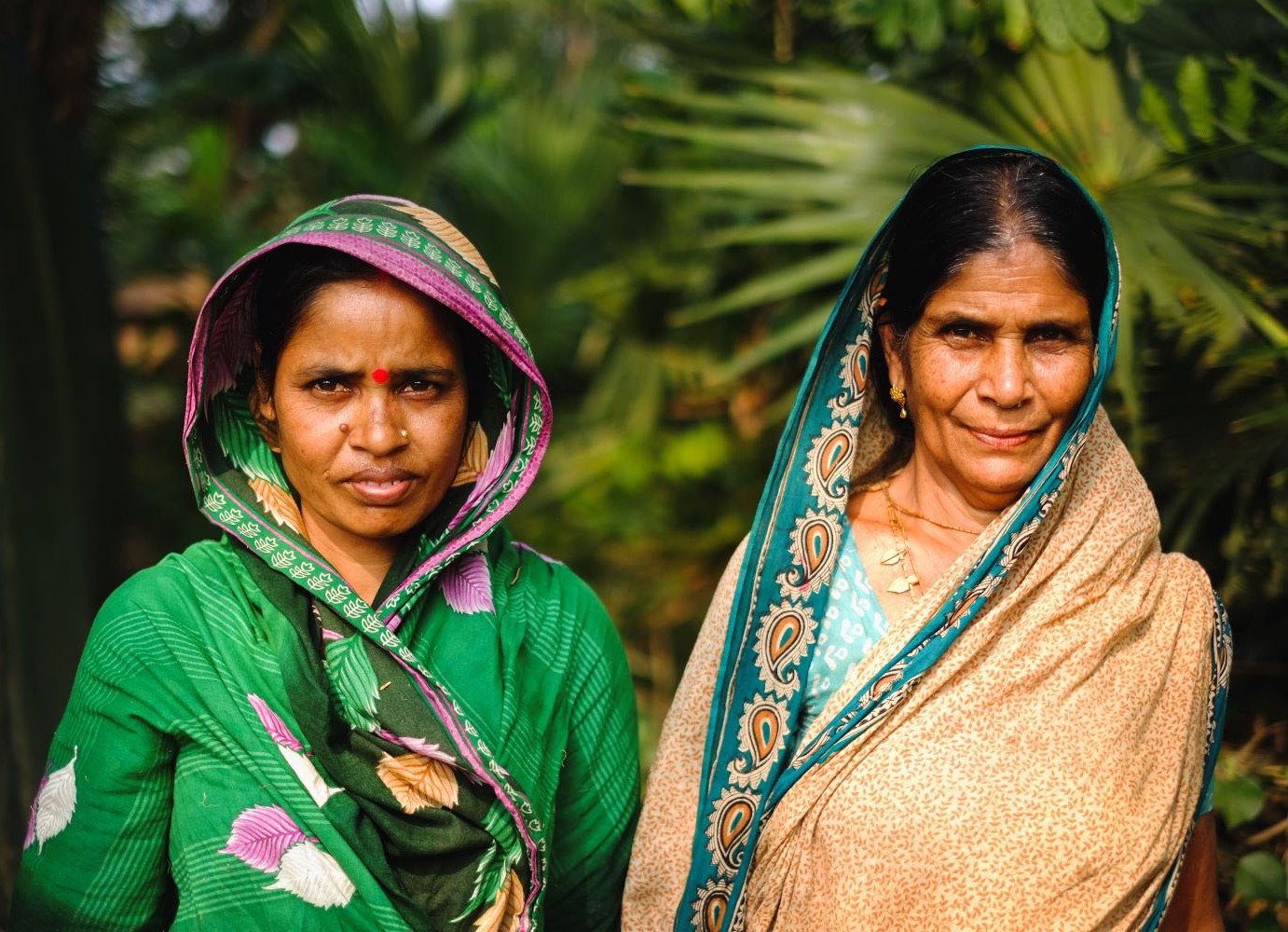This is one of a series of CGD blogs on tweaks to the SDG targets.
Poor Goal 15. Forced to accommodate terrestrial ecosystems, forests, desertification, land degradation, and biodiversity, it has the longest title among the SDGs. It is one of the only goals that is too long to tweet. Its proposed targets are undisciplined, repeating principles already enshrined in international agreements, and mostly devoid of quantitative objectives against which to measure progress. Yet Goal 15 is a critical component of the larger set, and is especially important for forests precisely because forests (unlike desertification, biodiversity, and endangered species) are not the focus of their own convention. Four observations on the SDGs, Goal 15, and forests:
Observation #1: Forests deserve more attention in the SDGs overall. Due attention to forests within Goal 15 is a casualty of being lumped with a number of other worthy objectives. A small piece of one target, “halt deforestation”, could easily be a goal all by itself. Forests are mentioned specifically in only three of the twelve proposed targets, thus getting far less ink than they deserve in light of their multifaceted contributions to development overall. This is especially worrisome in light of their absence in the text of the many other goals to which forests contribute. Just a few examples:
- Forests contribute to ending poverty (Goal 1) by reducing vulnerability to natural disasters.
- Forests contribute to achieving food security (Goal 2) and water and sanitation (Goal 6) by regulating rainfall and hydrology.
- Forests contribute to healthy lives (Goal 3) by providing clean water and reducing disease.
- Forests contribute to access to modern energy (Goal 7) by protecting the watersheds that fill the reservoirs behind hydroelectric dams, and controlling erosion to keep them from silting up.
- Forests contribute to combating climate change (Goal 13) and staving off ocean acidification (under Goal 14) by serving as a natural carbon capture and storage system.
In fact, I’ll bet that if you set up a 17 by 17 matrix and mapped which goals contributed to other goals, Goal 15 (and forests in particular) would be one of the minority that make significant direct contributions to the achievement of most of the others.
And yet with the important exception of a shout-out to forests in Goal 6, conserving forests is not mentioned in the targets to achieve any of these other goals. That’s why the most important target under Goal 15 is “to integrate ecosystem and biodiversity values into national and local planning, development processes, poverty reduction strategies and accounts” by 2020. Until decision-makers in other sectors realize that conserving forests is necessary to achieve their objectives, it’s unlikely that forests will take their rightful place on development agendas or in funding priorities.
Observation #2: The indicator for measuring progress toward halting deforestation should be based on independent analysis of satellite imagery. Progress in remote sensing technology now allows accurate measurement of annual changes in forest cover from space. As a result, the international community’s previous system for monitoring forest cover change – in which the FAO compiles self-reported data from member countries every five years – is obsolete. As recently highlighted in the press, analysis of satellite imagery suggests that the global rate of deforestation significantly increased between the 1990s and the 2000s, even though the FAO reported that deforestation had declined between the two periods.
Observation #3: Goal 15 does not yet reflect commitments made by others in 2014. As part of the New York Declaration on Forests, launched at the United Nations Secretary General’s Climate Summit, some 178 governments, companies, indigenous groups, and NGOs have pledged to “support and help meet the private-sector goal of eliminating deforestation from the production of agricultural commodities such as palm oil, soy, paper and beef products by no later than 2020.” In parallel, a coalition of indigenous peoples groups pledged to protect 400 million hectares of forests on their lands. In addition, governors from 23 tropical states and provinces reaffirmed their commitment to reduce deforestation in their jurisdictions by 80 percent in return for performance-based financing. Incorporating these targets by non-state and sub-national actors – and recognizing the national-level public sector actions needed to support them – would be an excellent way to connect the dots between what happened in New York last year and what happens this year.
Consistent with Observation #1, Goal 12 on sustainable consumption and production patterns might be the best place to incorporate a target to support implementation of private sector commitments to achieve deforestation-free commodity supply chains by 2020. Target 12.6 could be amended as follows: “Encourage companies, especially large and transnational companies, to adopt sustainable practices and to integrate sustainability information into their reporting cycle, and to implement existing commitments to remove deforestation from commodity supply chains by 2020.”
And while we’re at it, let’s modify target 12c to specifically recognize the potential for biofuel subsidies to drive deforestation, as follows: “Rationalize inefficient fossil-fuel and biofuel subsidies that encourage wasteful consumption by removing market distortions, in accordance with national circumstances, including by restructuring taxation and phasing out those harmful subsidies, where they exist, to reflect their environmental impacts, including deforestation, taking fully into account the specific needs and conditions of developing countries and minimizing the possible adverse impacts on their development in a manner that protects the poor and the affected communities.”
Observation #4: Goal 15 is actually more ambitious than the New York Declaration on Forests when it comes to the timeline for halting deforestation. Goal 15 proposes to end deforestation by 2020. The Declaration sets 2020 as a goal for halving deforestation, and ending it by 2030. Indeed, the Declaration calls for “ambitious, quantitative forest conservation and restoration targets for 2030 [emphasis added] in the post-2015 global development framework, as part of new international sustainable development goals.” Last September, Greenpeace conspicuously failed to support the Declaration; Greenpeace head Kumi Naidoo complained that it was “missing ambitious targets”.
Is it likely that deforestation could be stopped in the next five years? No, and it certainly won’t be if rich countries don’t pony up some real money to recognize both the cost (to developing countries) and the value (to industrialized countries) of efforts undertaken by tropical forest countries such as Brazil to reduce deforestation. But one of the criteria for the SDGs is that they are to be “aspirational”. So let’s go with a 2020 target for halting deforestation, and an equally aspirational financing target to match it.
Disclaimer
CGD blog posts reflect the views of the authors, drawing on prior research and experience in their areas of expertise. CGD is a nonpartisan, independent organization and does not take institutional positions.





